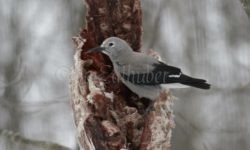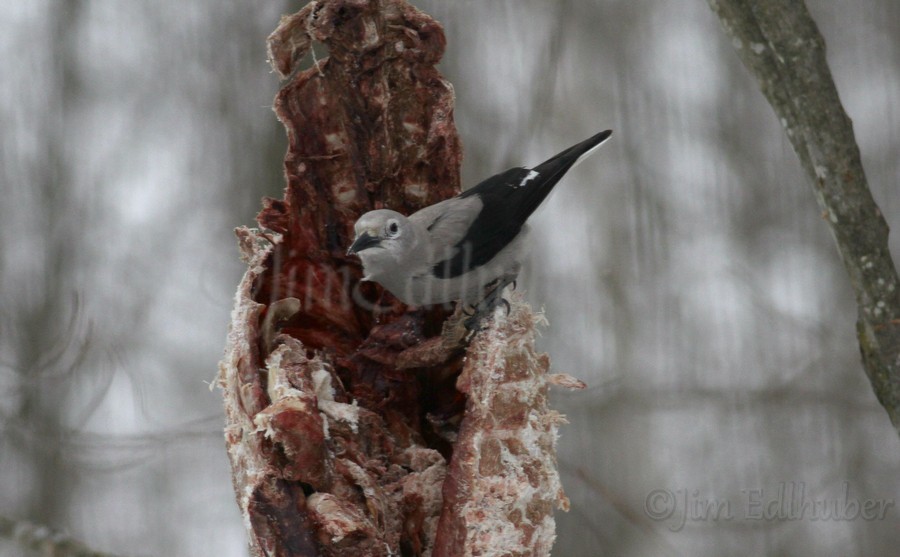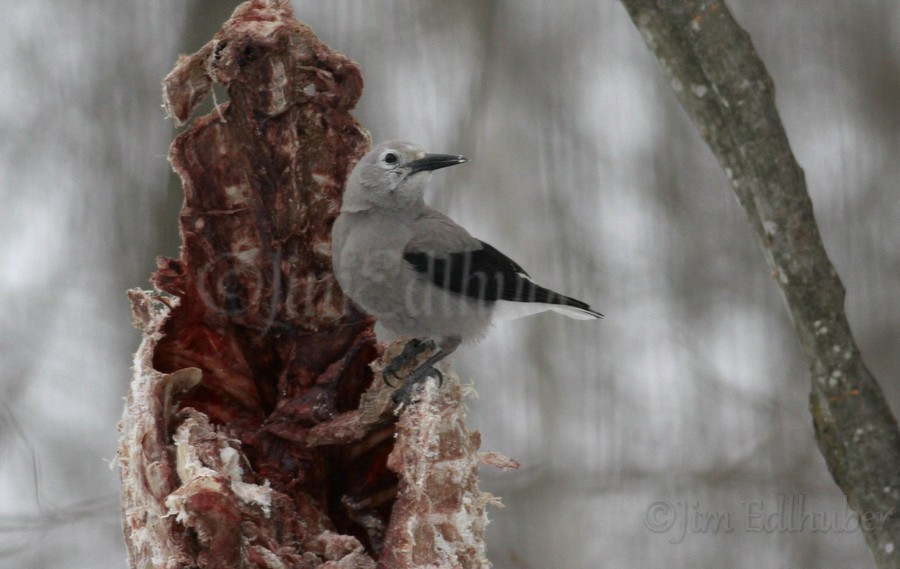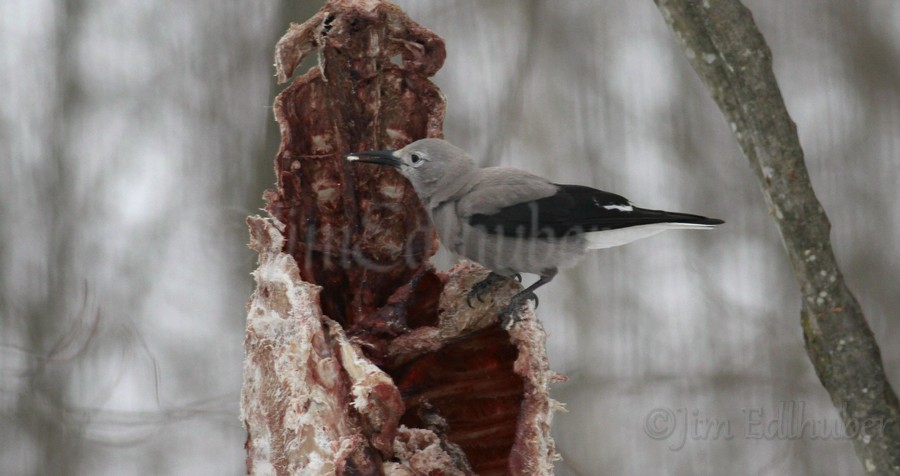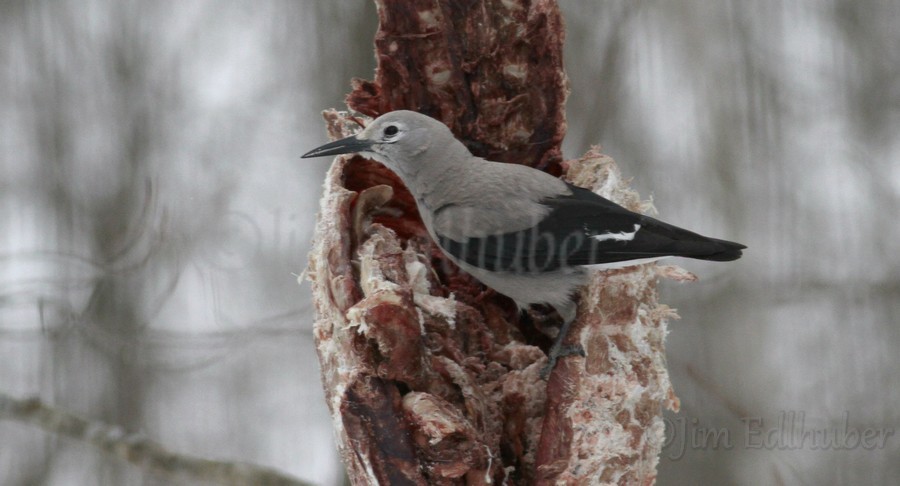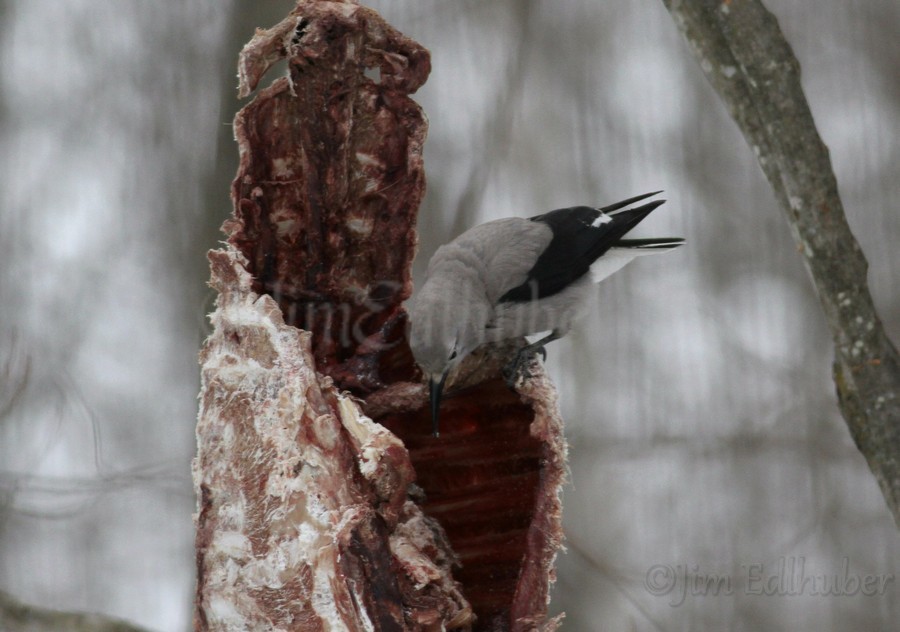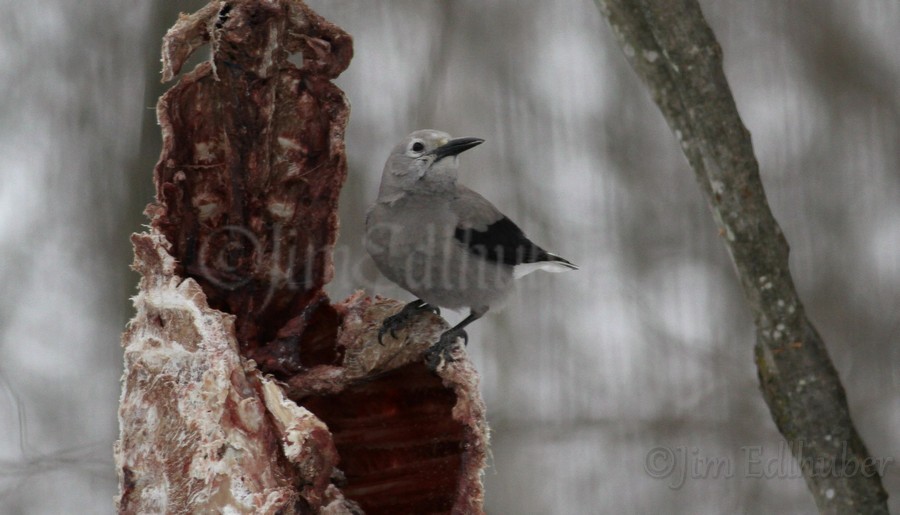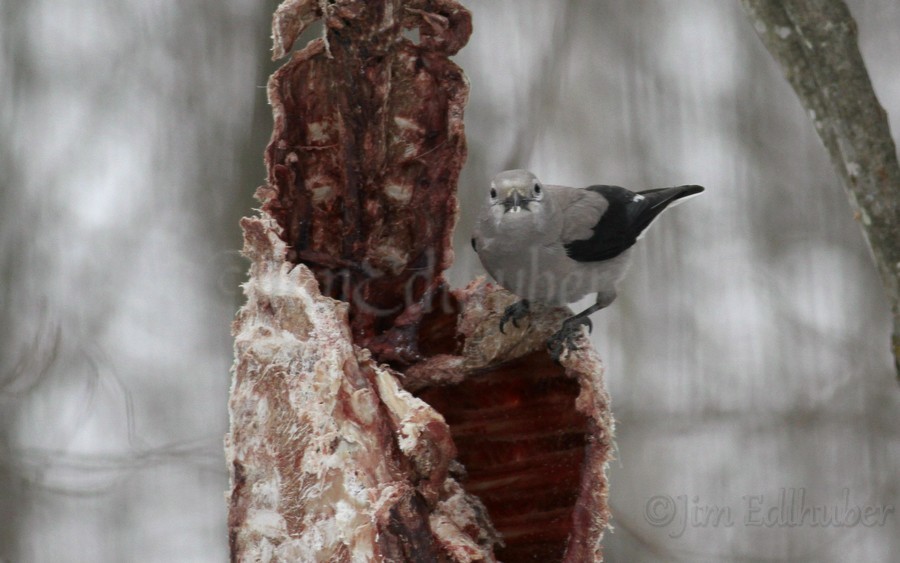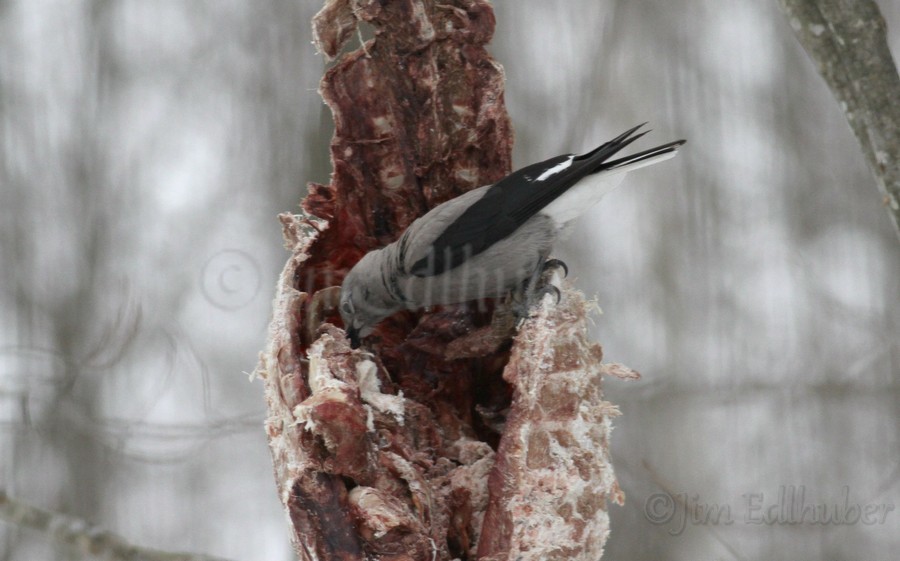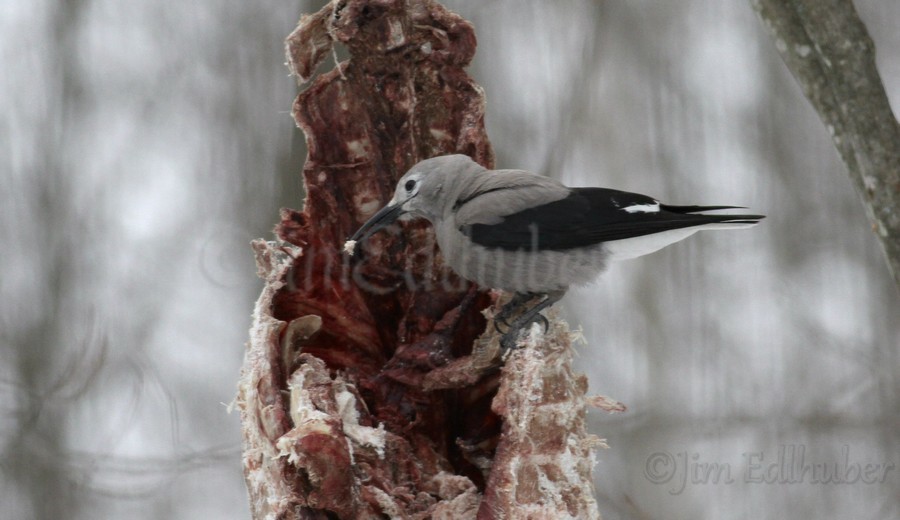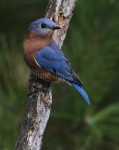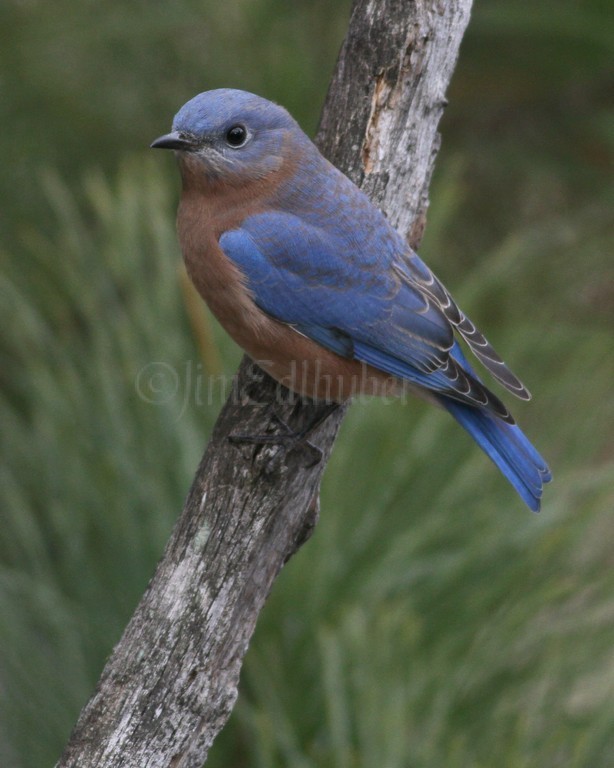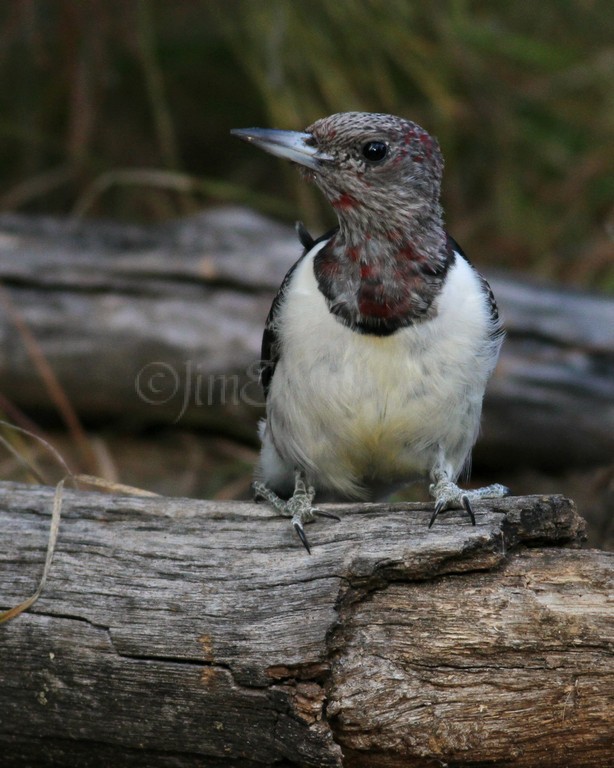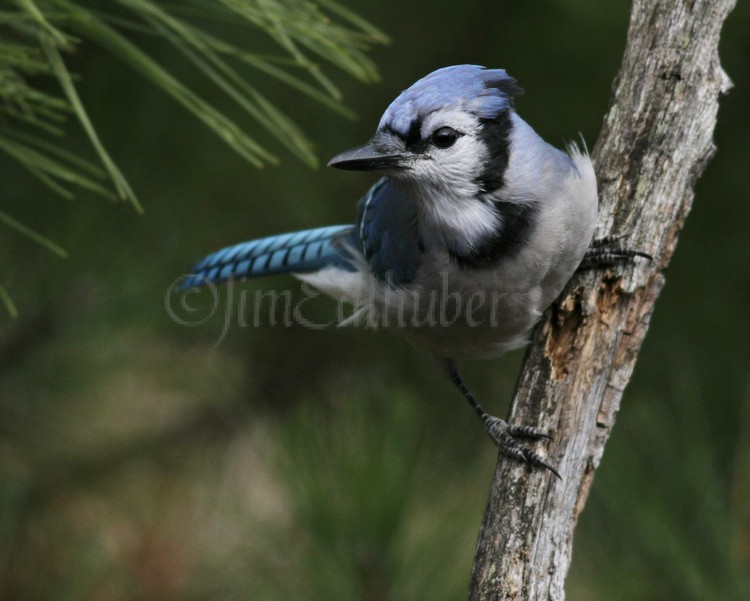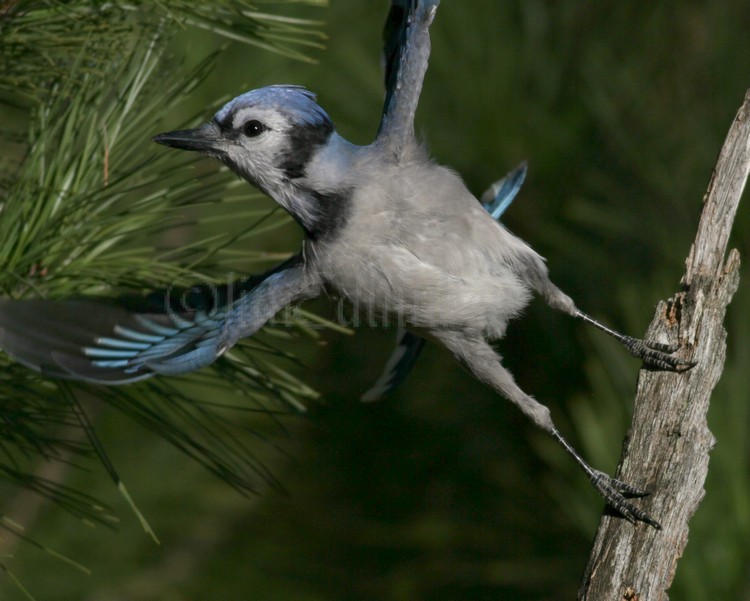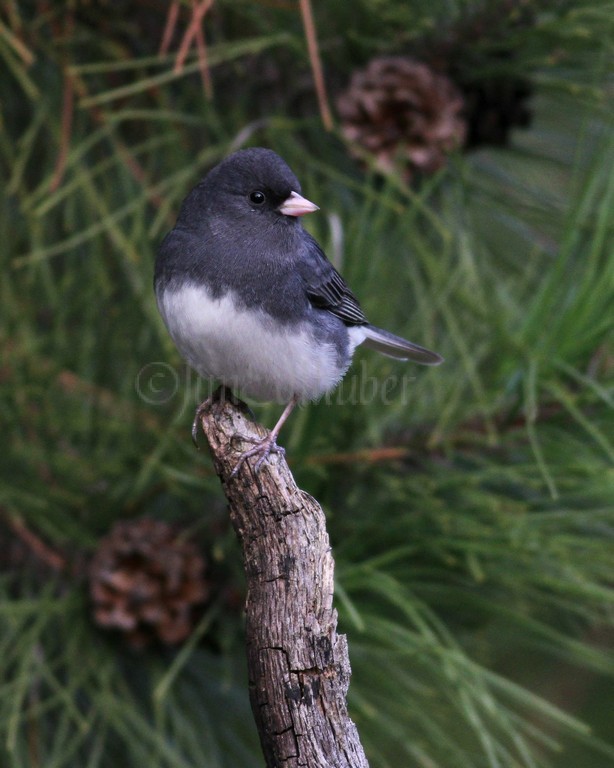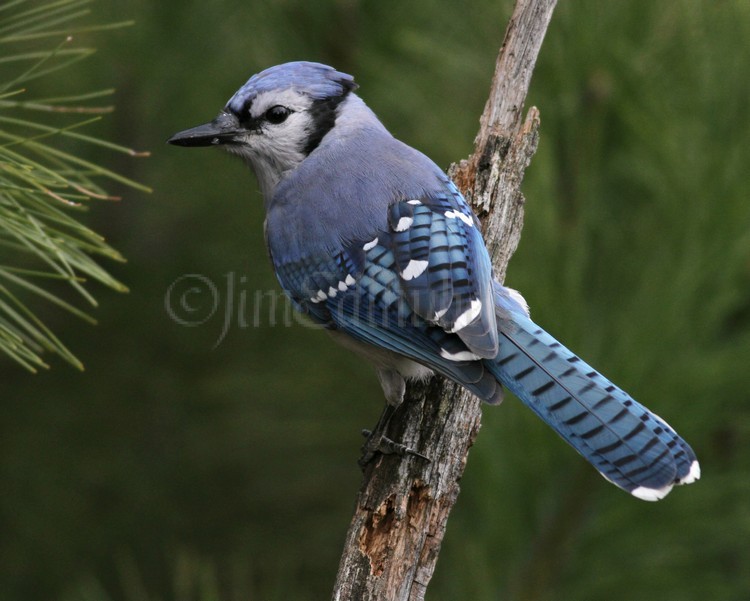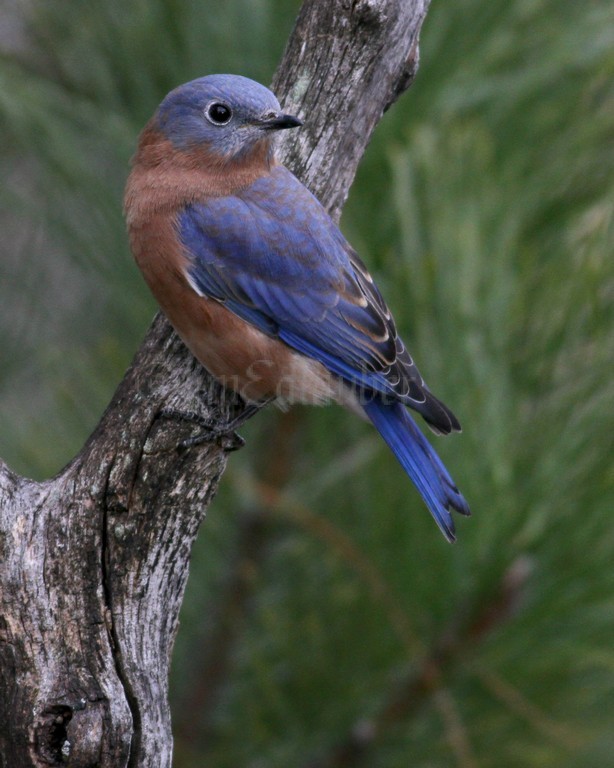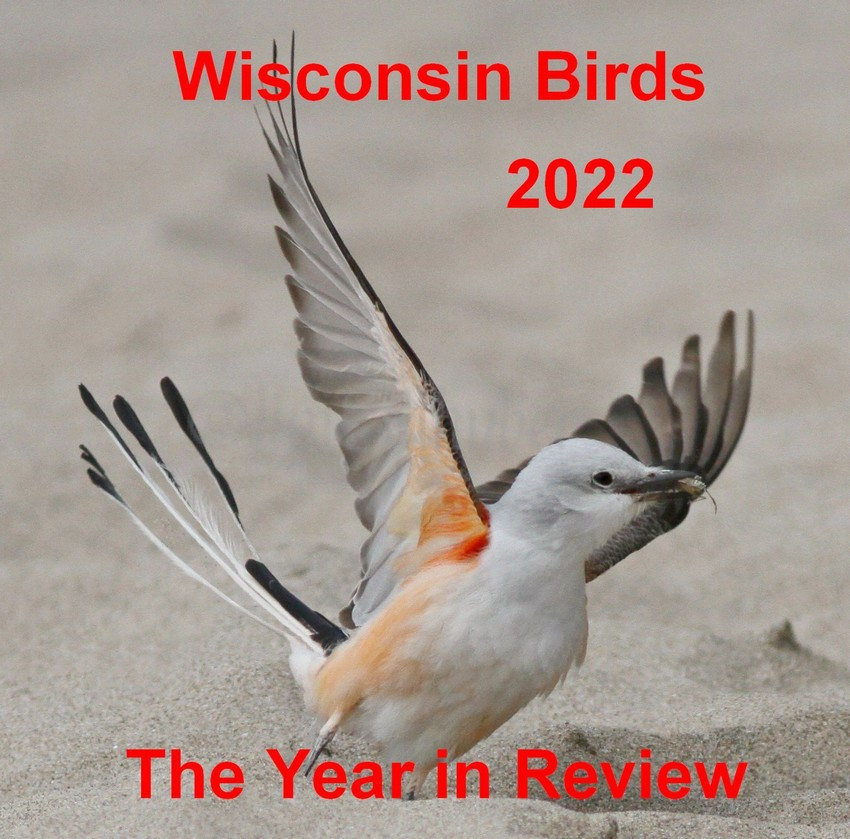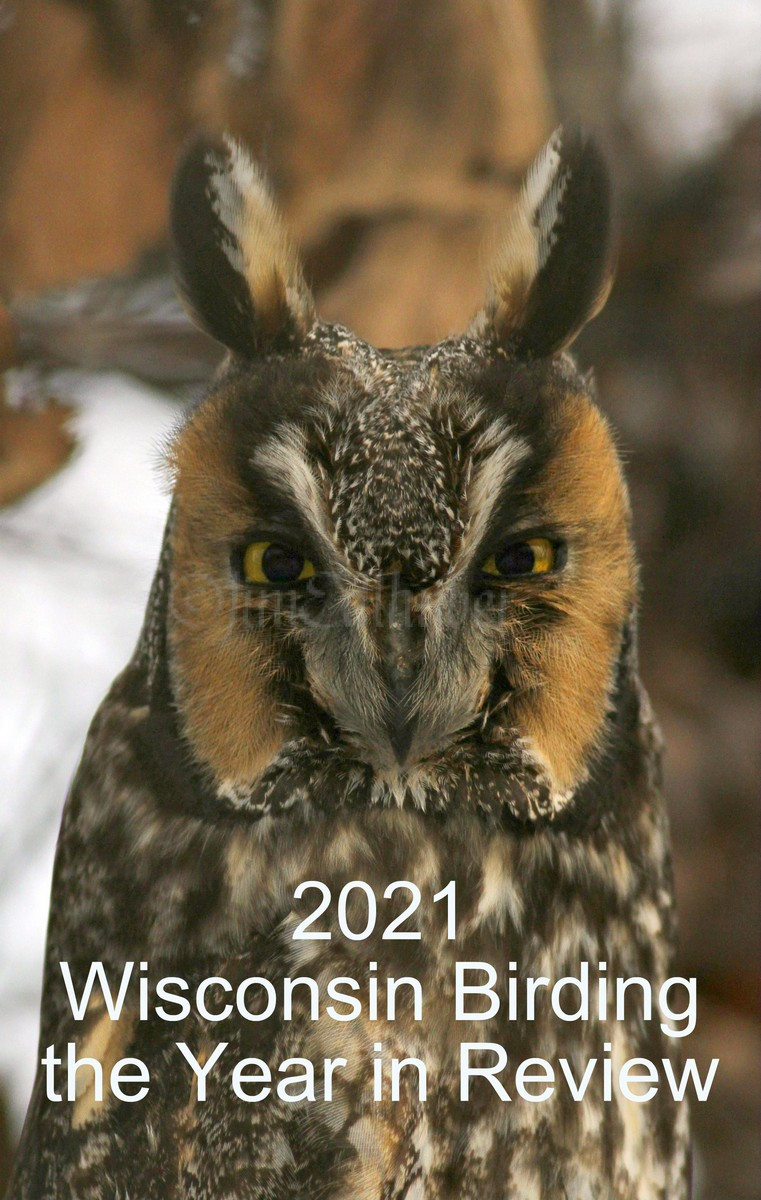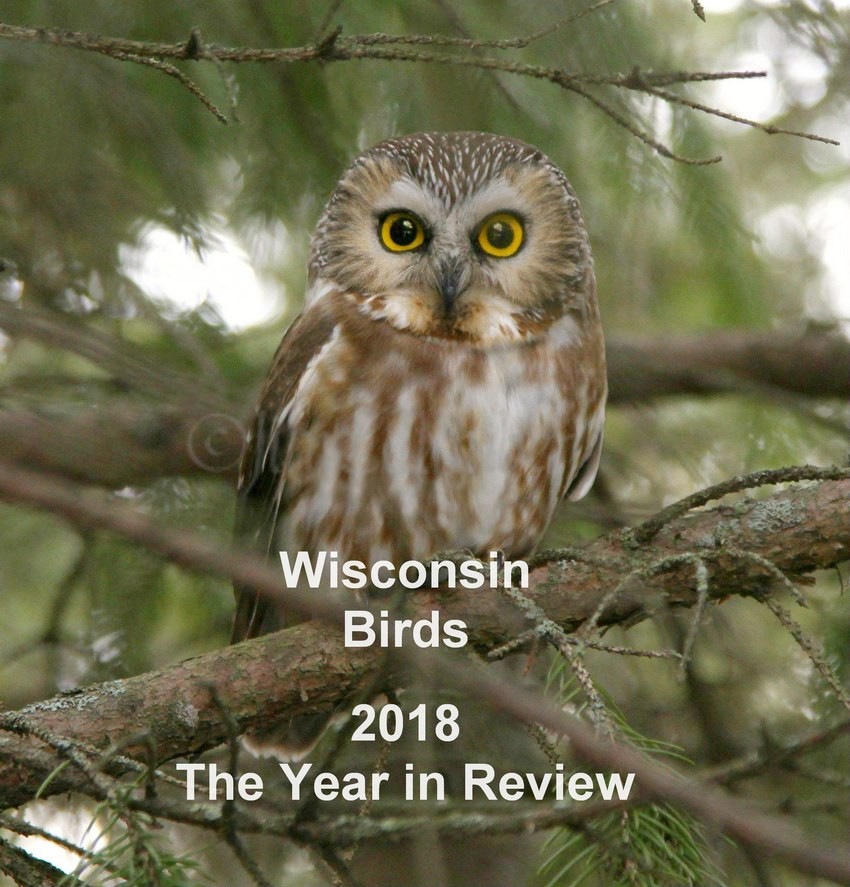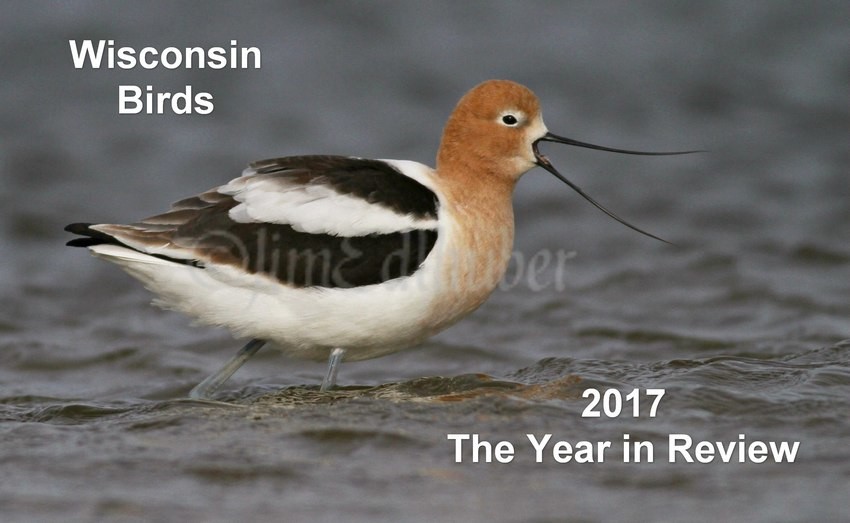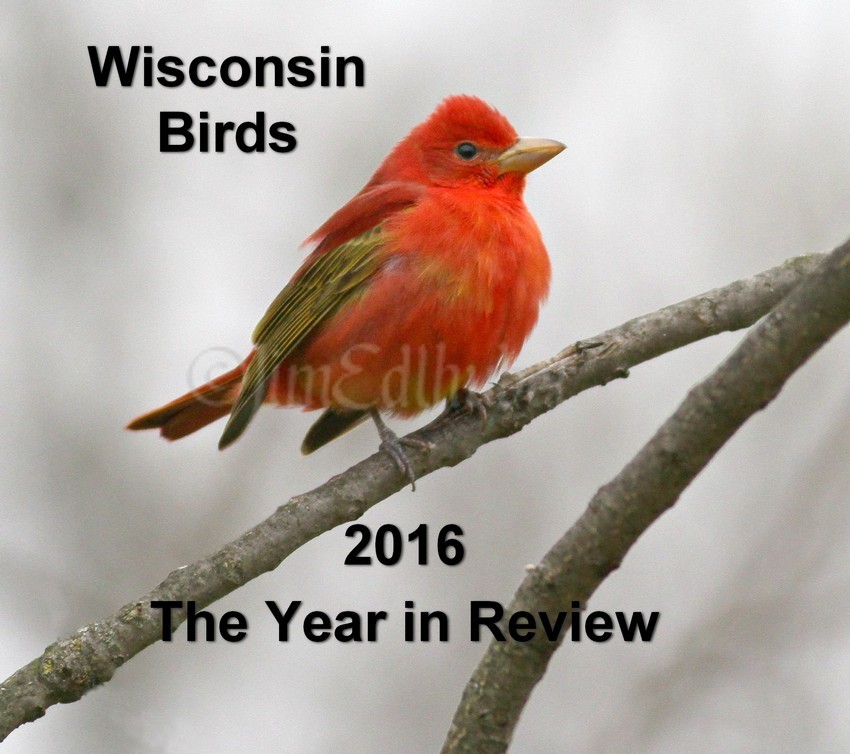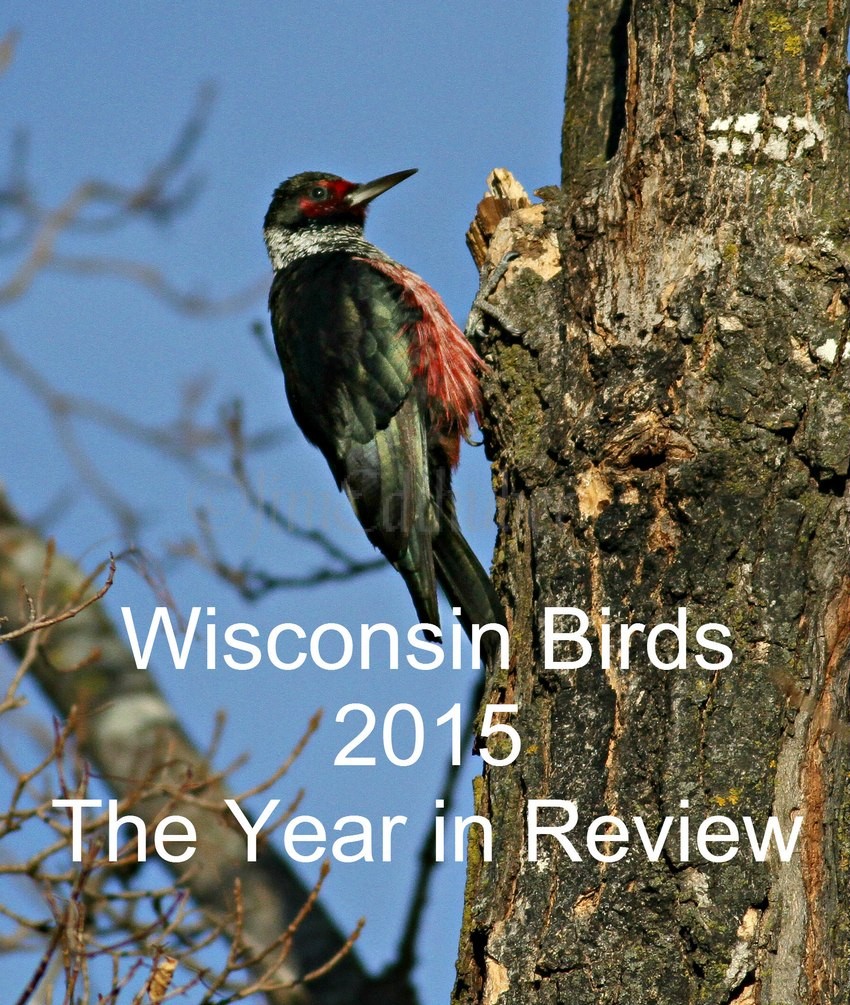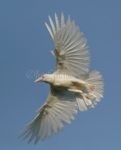
I saw the report yesterday with images by Chistin G. of an albino American Crow at Nashotah Park in Waukesha County. With not much going on, I was very curious about this bird, being close to home, I decided to make the run over there today. Within minutes after entering the park, I heard the sound of American Crows. I located a flock that were spread out in a few different trees and low and behold, there was a white one, the albino! The more I watched this bird, the more cool and interesting, unique it seemed to me. It amazed me! I stopped in at the park a few different times as they were on the move with joggers twice and a walking couple another time, they had left area where I was. Crows were being crows and they don’t miss a thing, they have look out bird(s) and you can’t just sneak up on these birds. The bird appears to be a young bird, it had some issues perched in the trees, hanging on to limbs and my images show that. A big thank you to Christin G for finding this bird and getting the word out for others to see it. Some may say, it is just a crow, but looking at it and watching it today, it is a very special crow at that. It was a very hot and humid morning, walking through very tall wet grass with little winds, full sun, it felt like a sauna out there. Images were taken on July 15, 2018. Note: Nashotah Park is a Waukesha County Park and there is an entrance fee unless you have a annual sticker.
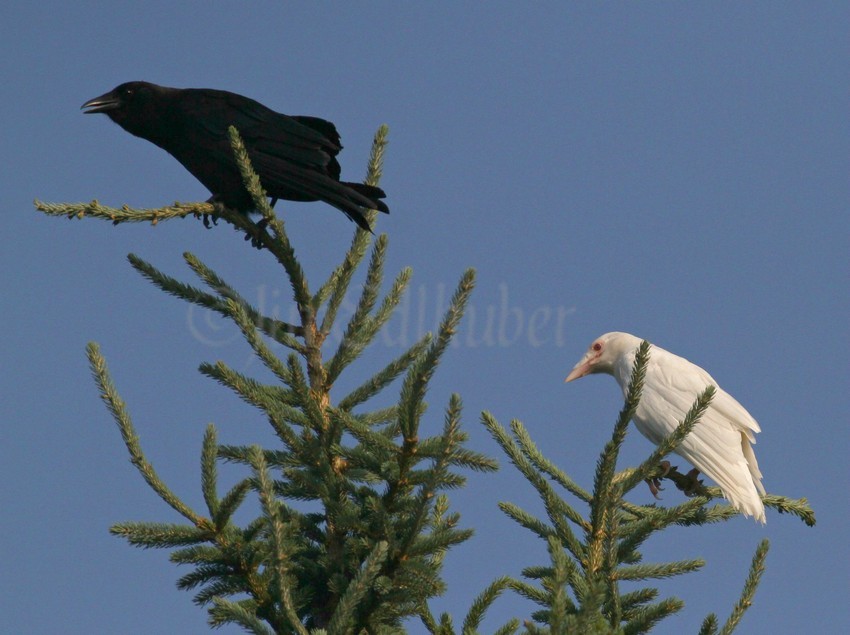
The first view of the albino American Crow perched on top of a spruce with a regular American Crow…
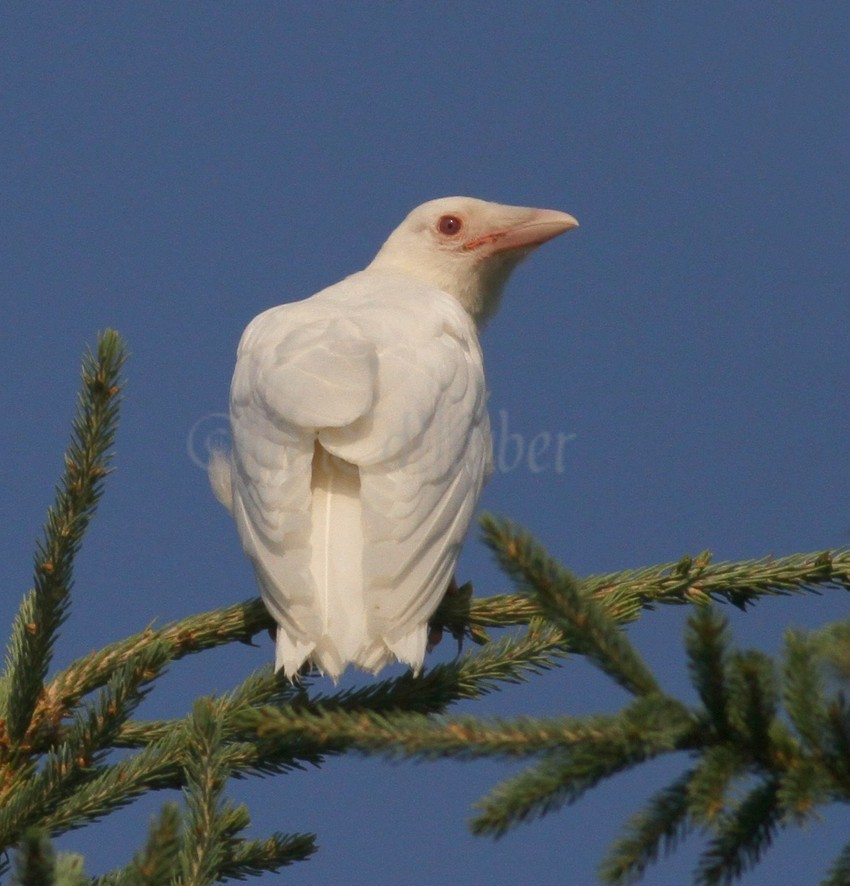
By itself…

Perched off in a oak tree by itself…

Perched…
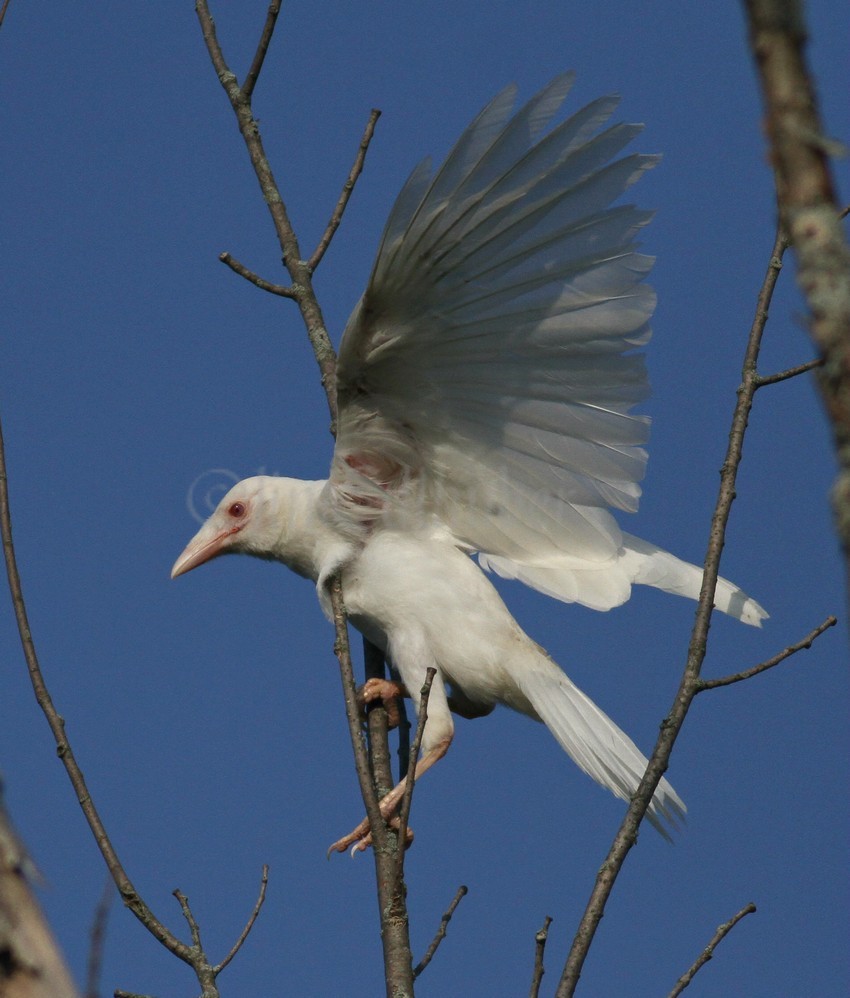
The bird appears to loose its grip here…

Hanging on…

Hanging on…

And still hanging on…
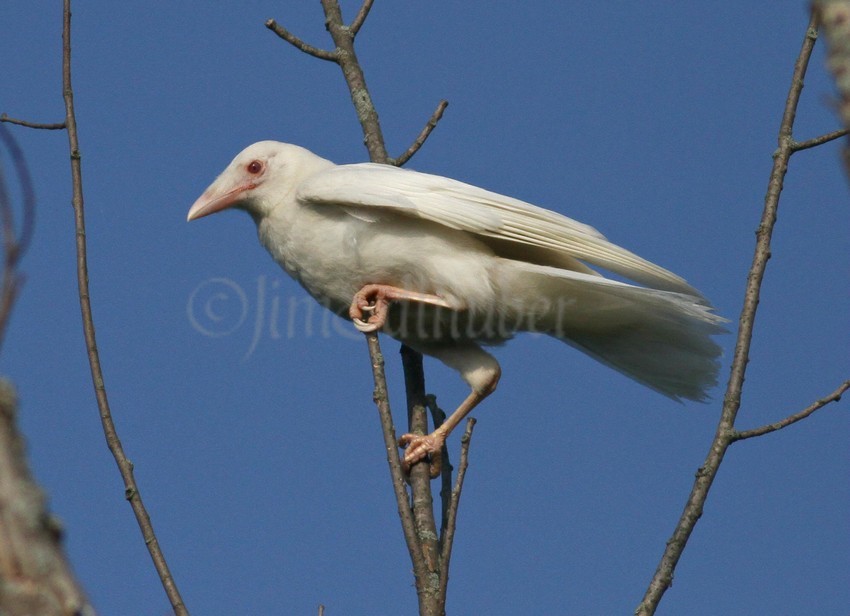
Stabilizes…
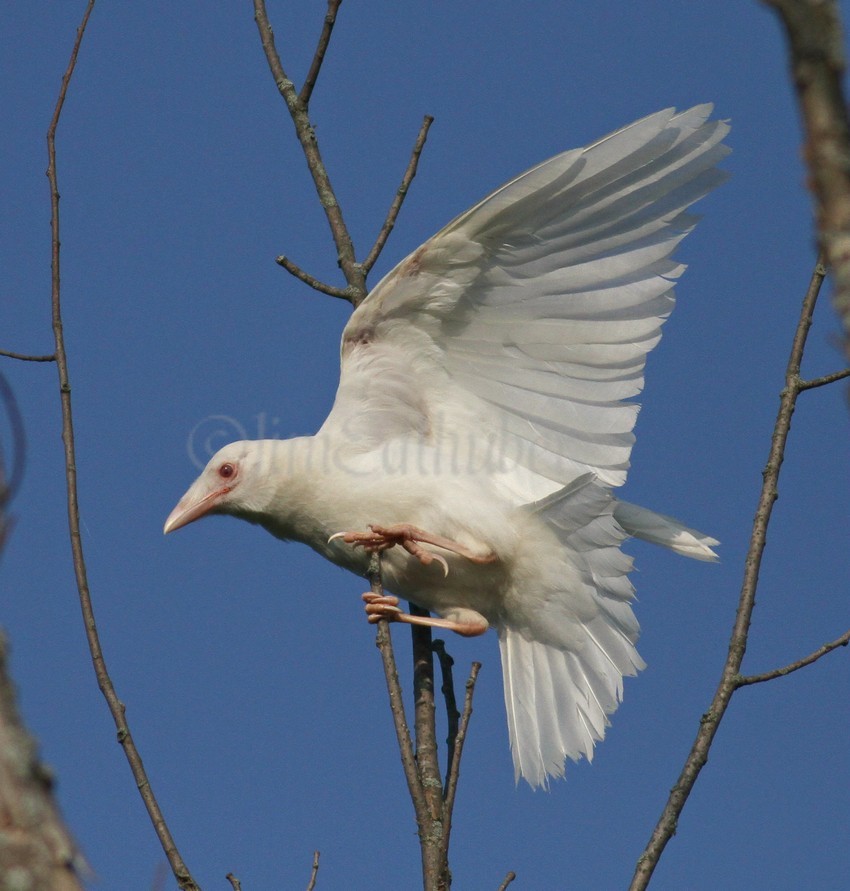
Another slip…
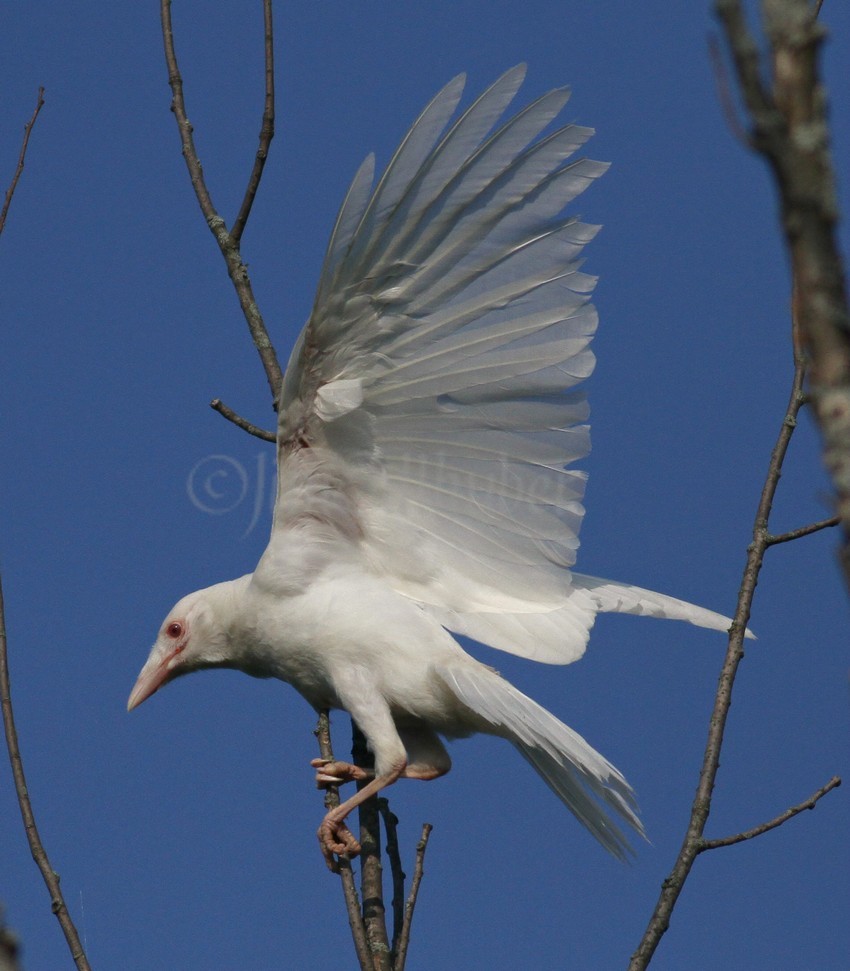
And again…
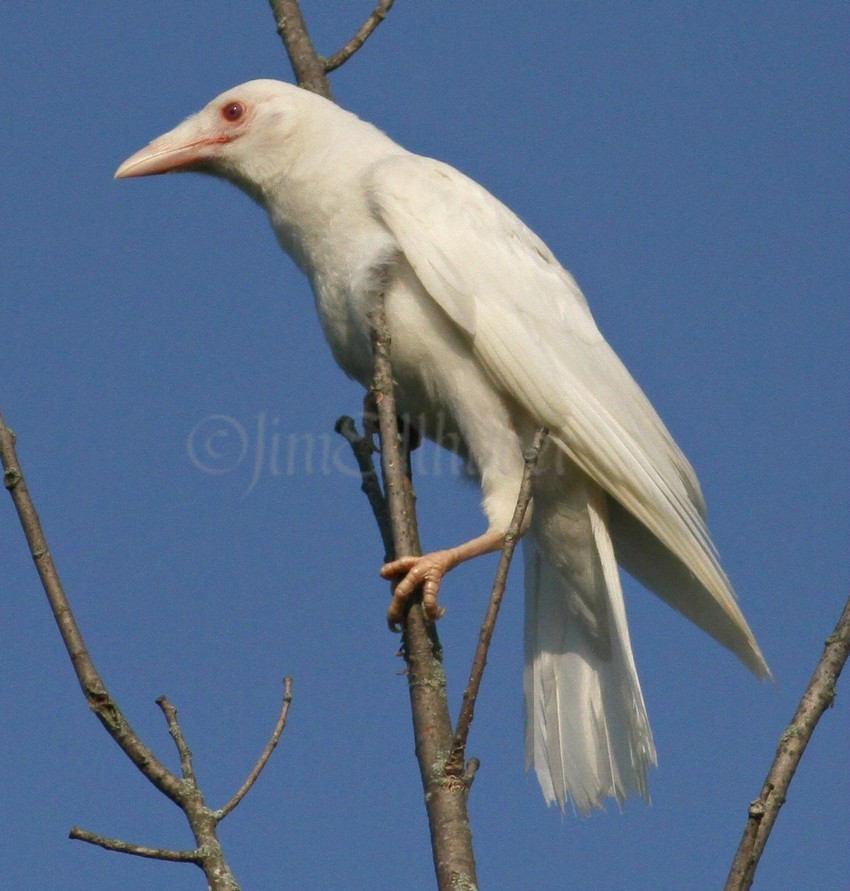
Stabilizes once again…
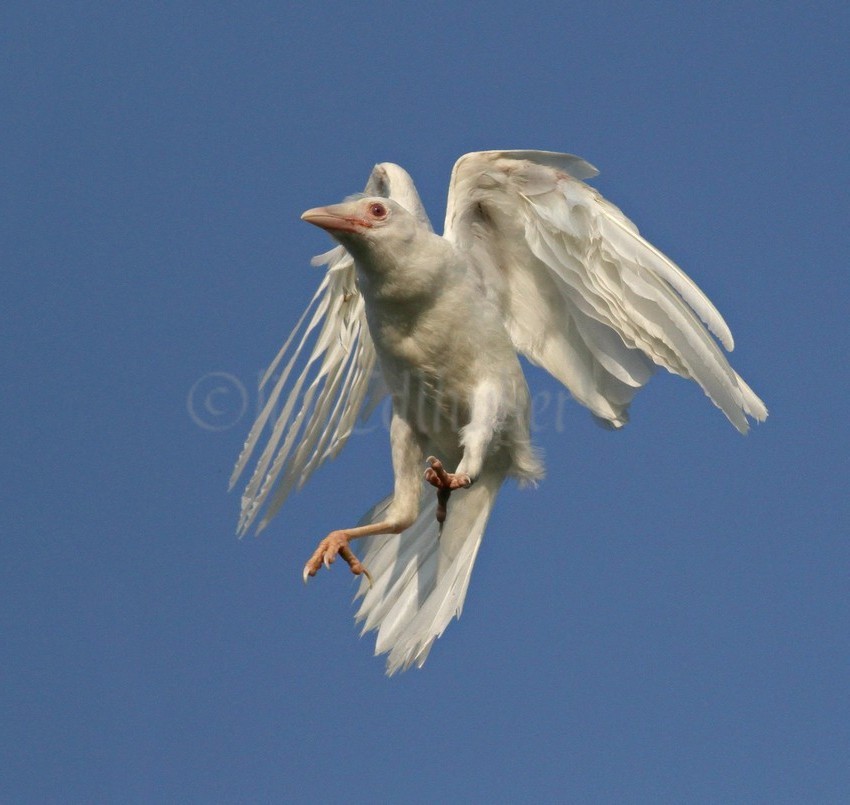
Off to another location…
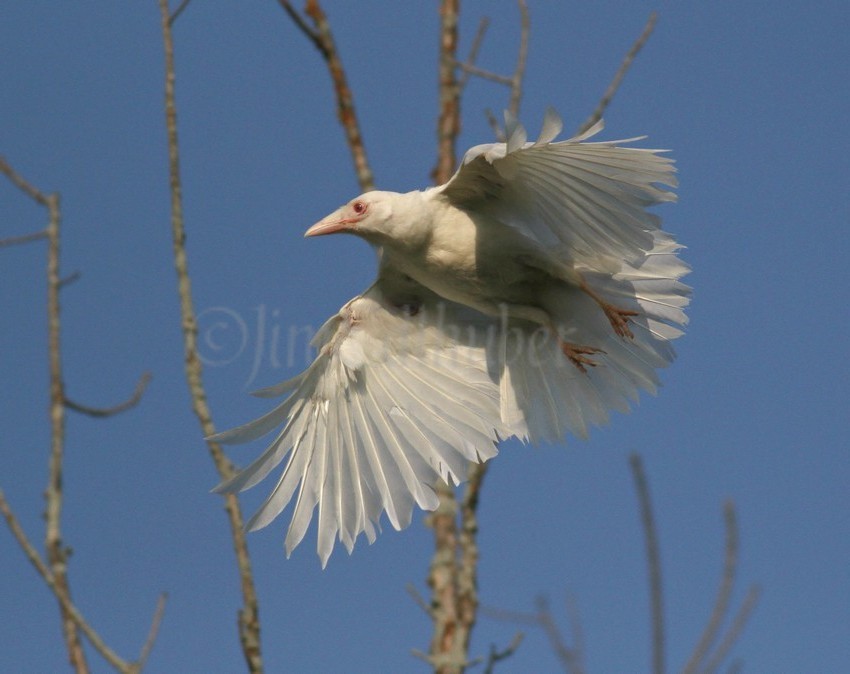
Back on track…
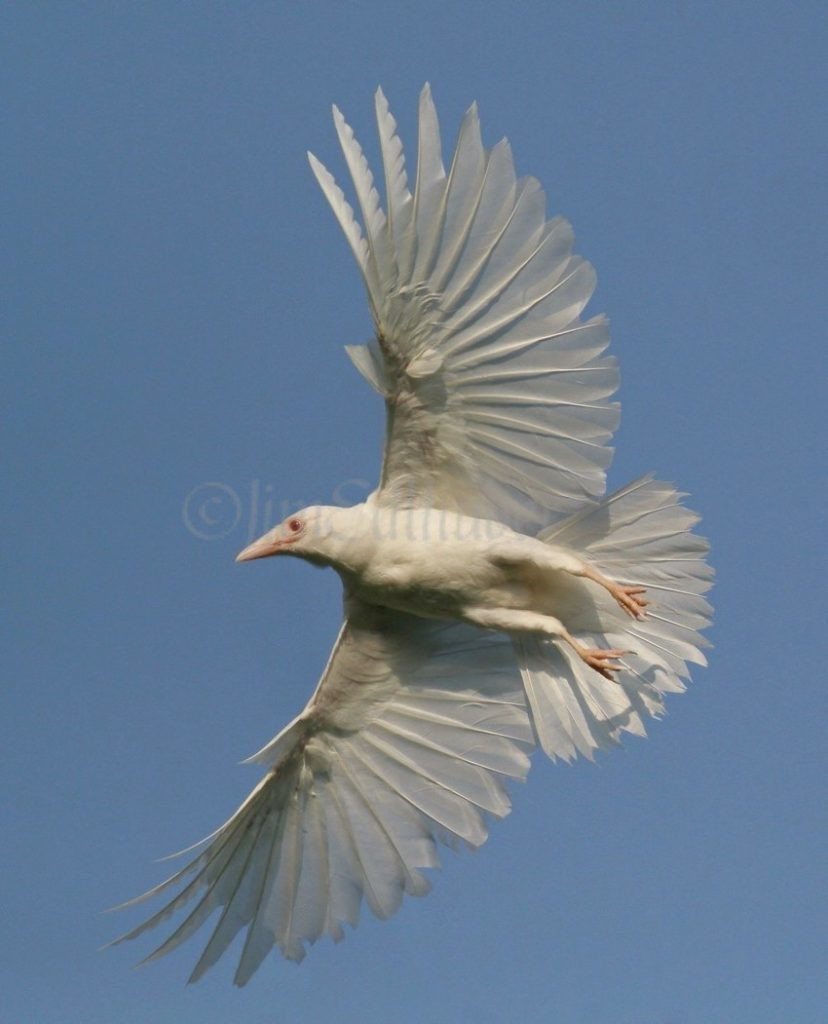
To the south…

Later on a return trip to the park, I see part of the family just hanging out…
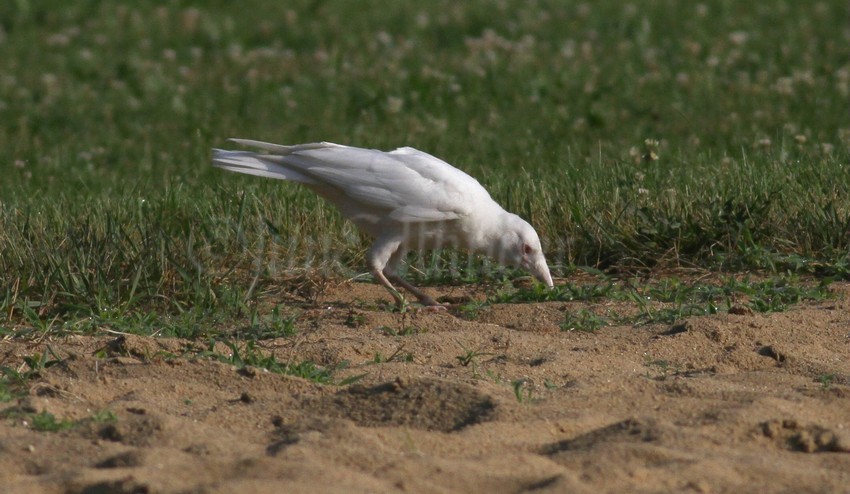
Some feeding here for probably insects…
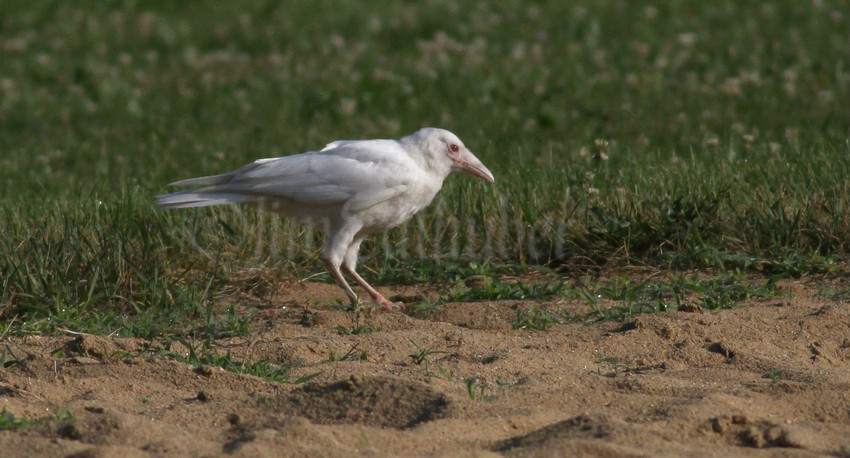
Looking…
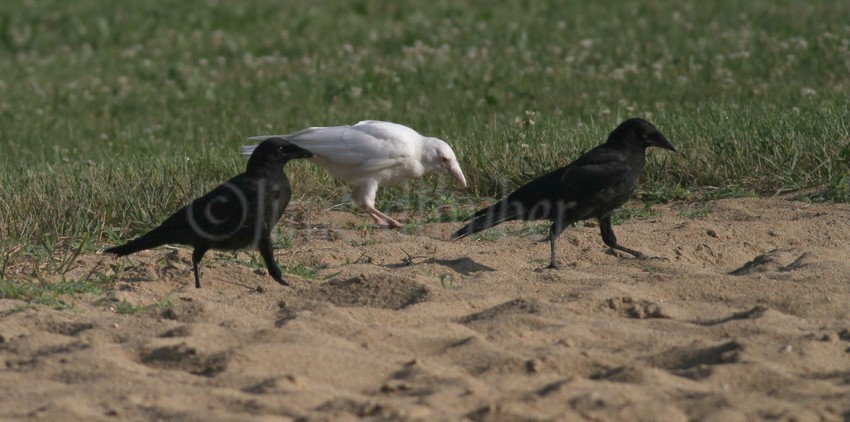
Some of the gang…
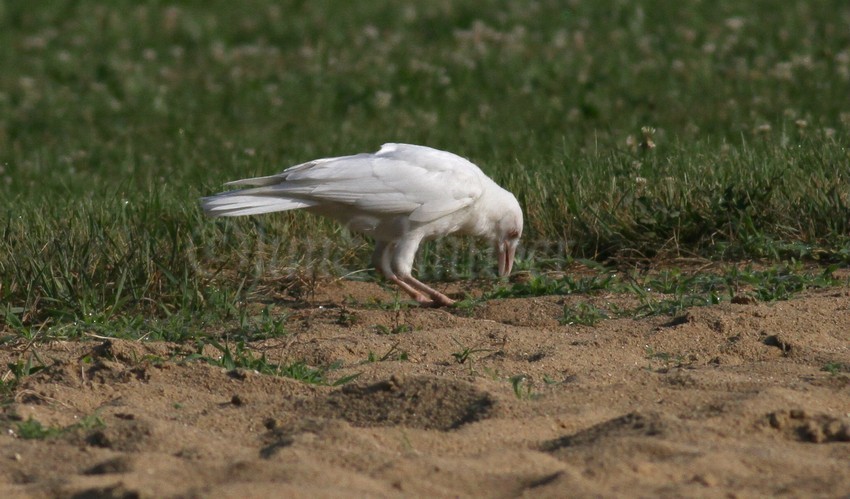
Finding something…
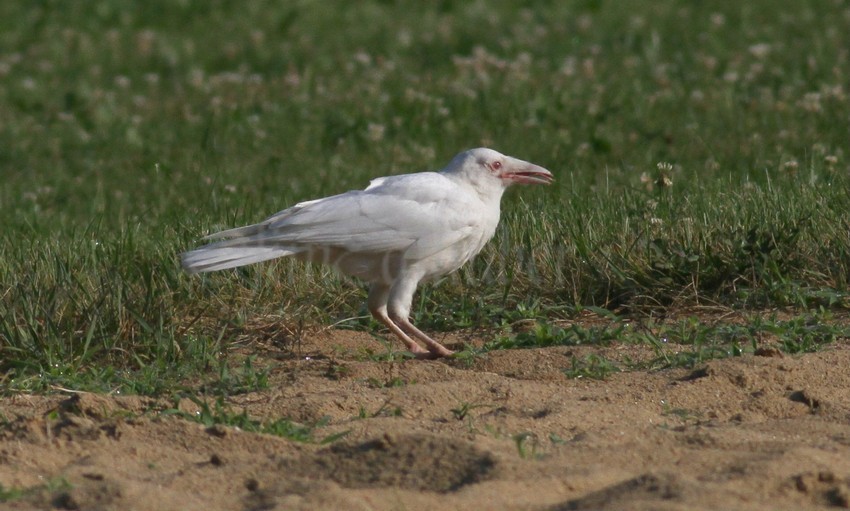
Just a bite here to eat…
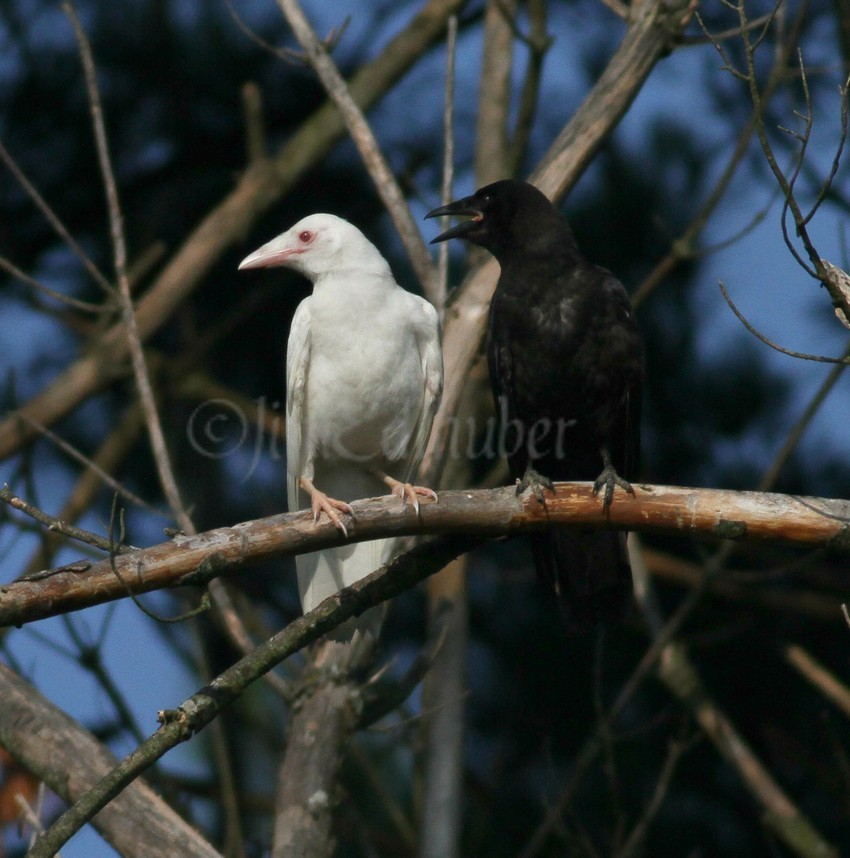
Later found perched in a dead pine with another bird…
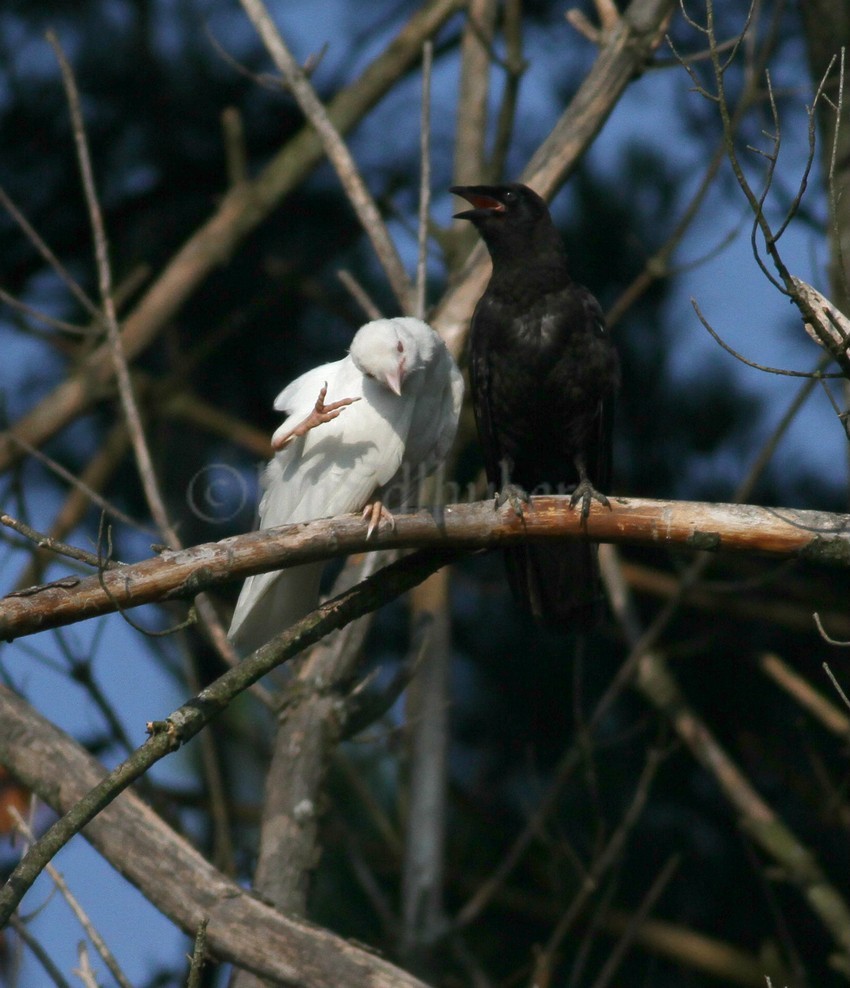
Some preening by the albino crow…
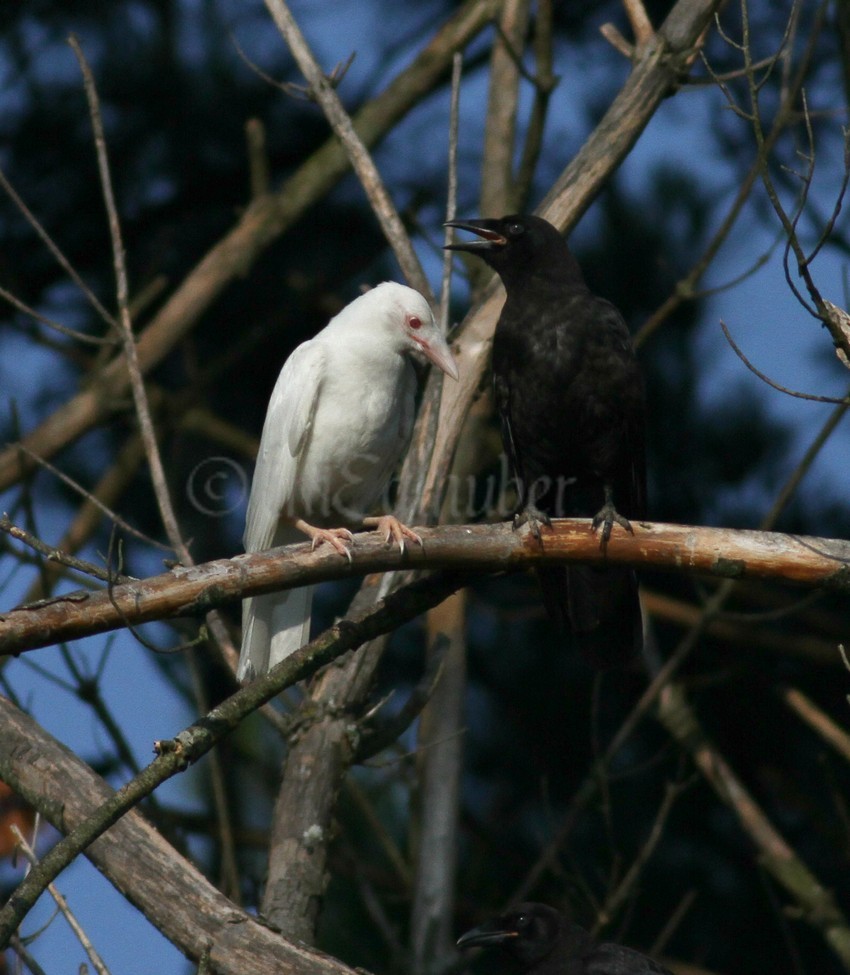
What is being said here, I don’t know…
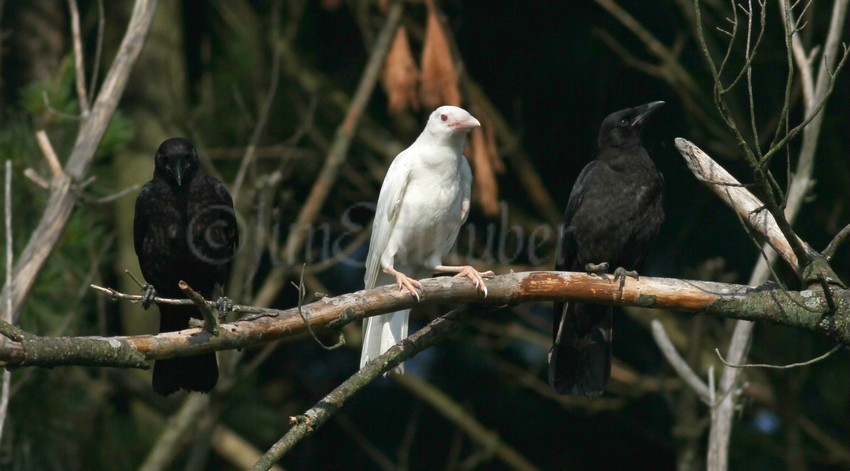
3 of them…
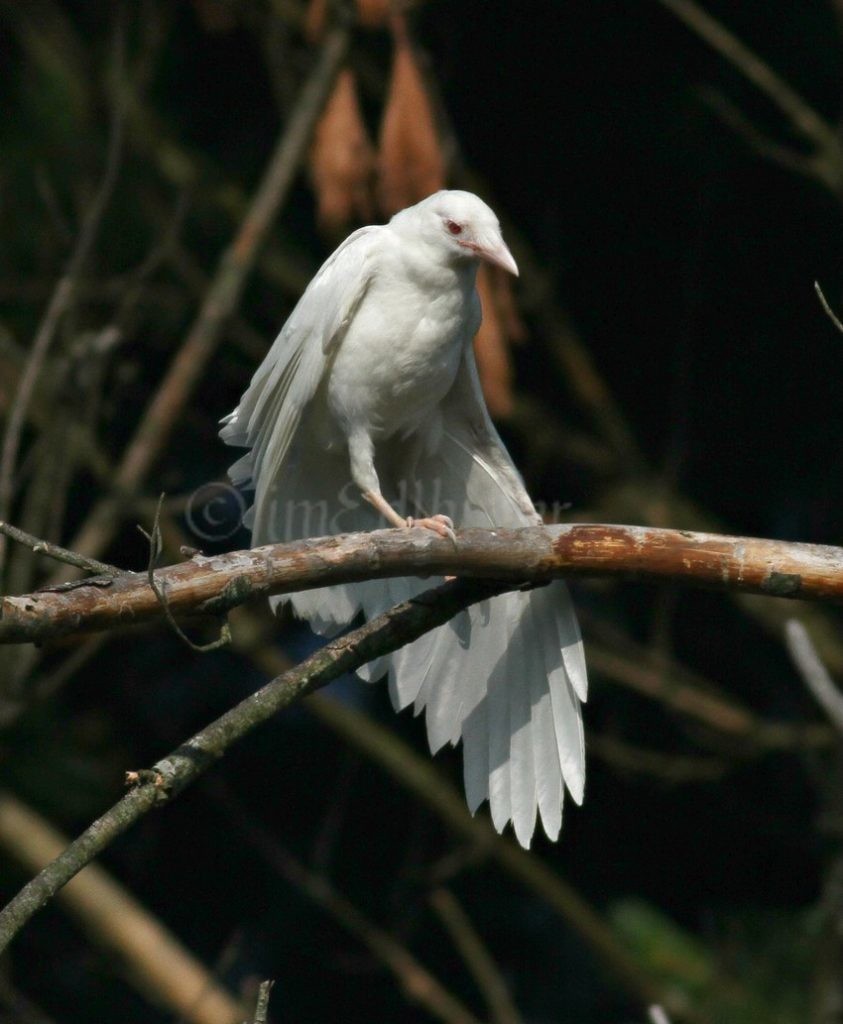
A wing stretch here…
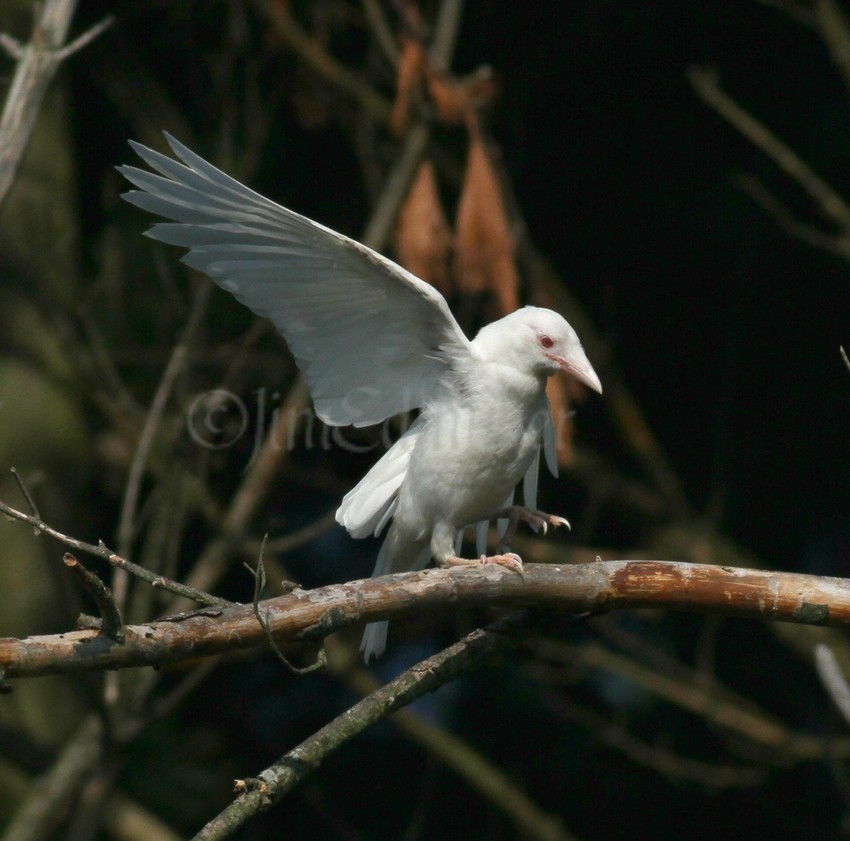
A little off balance…
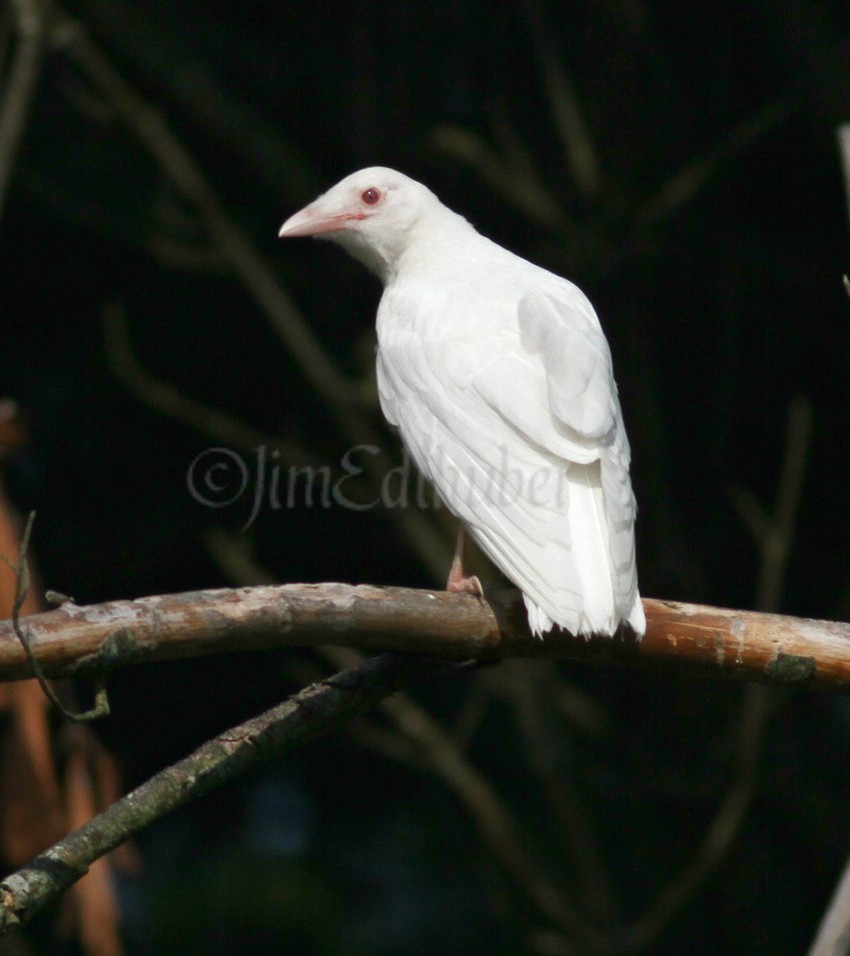
Perched and looking around…
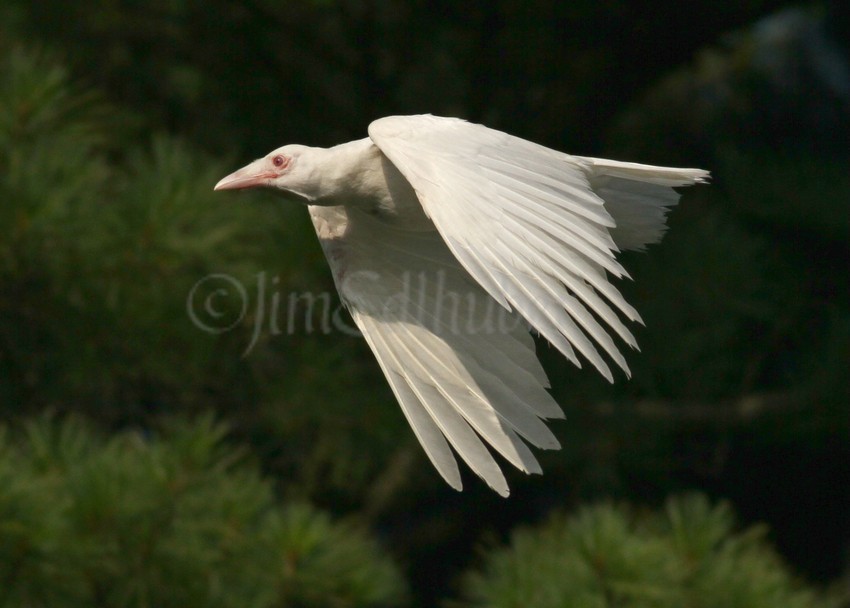
The albino American Crow flies out of sight with the other crows…
What is Leucism?
Leucism is an uncommon condition in birds. This condition is caused by a genetic mutation which prevents pigments, particularly melanin, from being deposited evenly in the bird’s feathers. Leucistic birds have melanin elsewhere in their bodies which is why they may have dark eyes, legs, and bills. However, their true color will be missing or greatly reduced due to the lack of proper pigmentation.
What is Albinism?
Leucism is similar to albinism as in both cases the birds may be completely white. However, albinism is defined as a complete absence of melanin in an animal. Truly albino species will have pink eyes as the only color seen will be caused by blood vessels behind their eyes. They will also have pink bills, legs, and feet. Albinism is extremely rare in birds.
Notes:
Leucistic birds are extremely uncommon for a number of reasons. They are not thought to live very long because their white feathers make it difficult for them to hide from predators. If they do stay alive, it is difficult for them to find a mate and successfully pass on their genetic mutation. Additionally, the melanin found in regular birds adds strength to the feathers. Leucistic birds lacking melanin have weaker feathers and thus have a more difficult time flying in severe weather. Last, the reflective properties of white feathers may be problematic for birds who rely on solar energy for heat.

